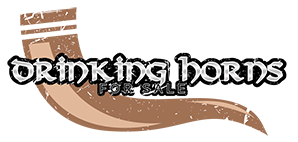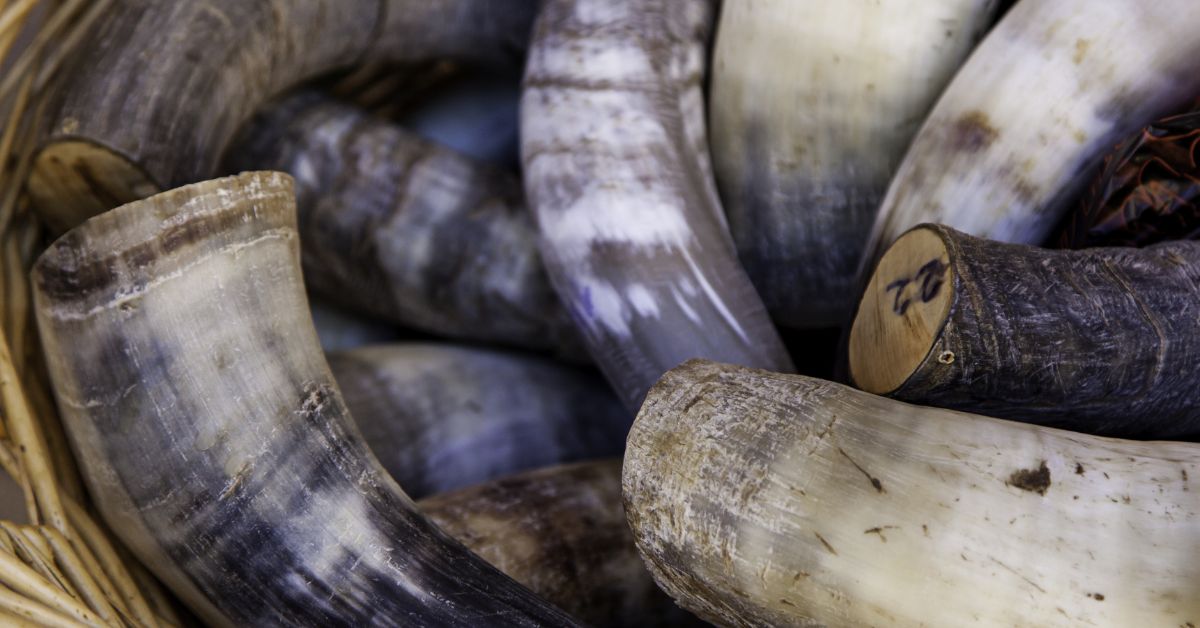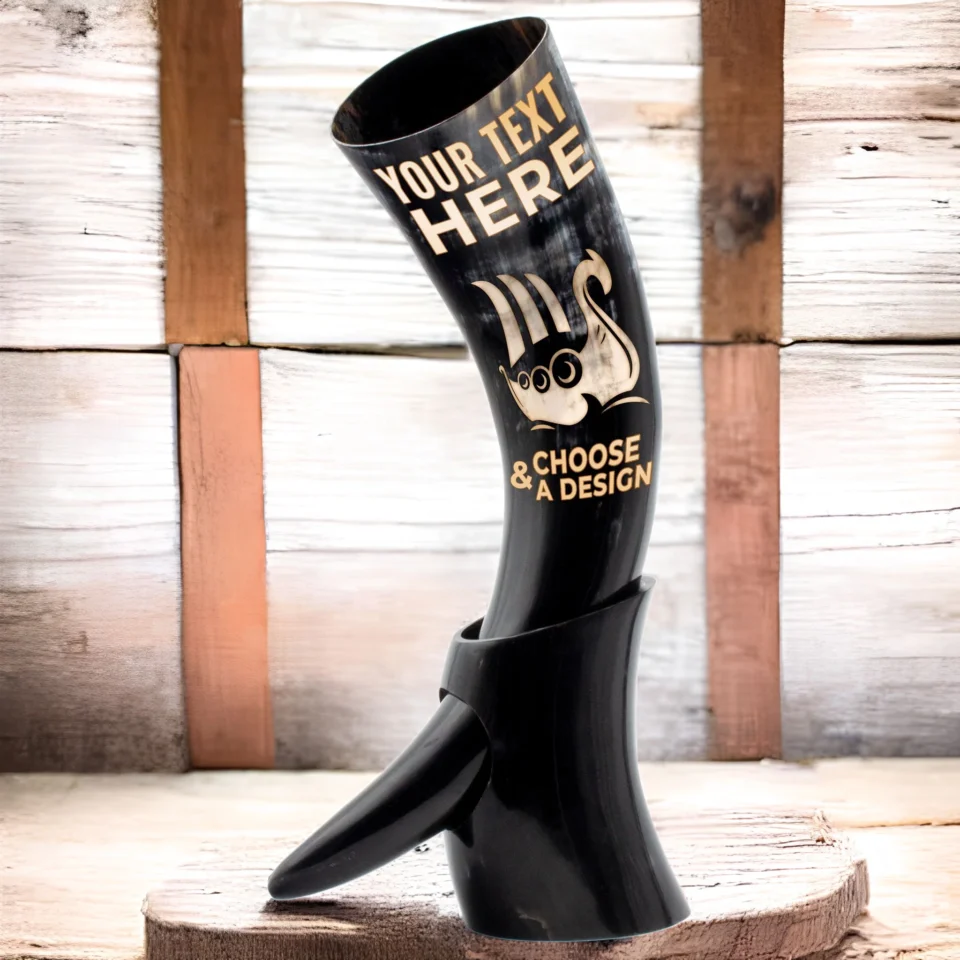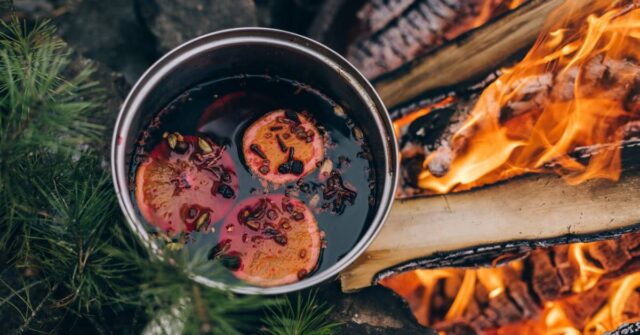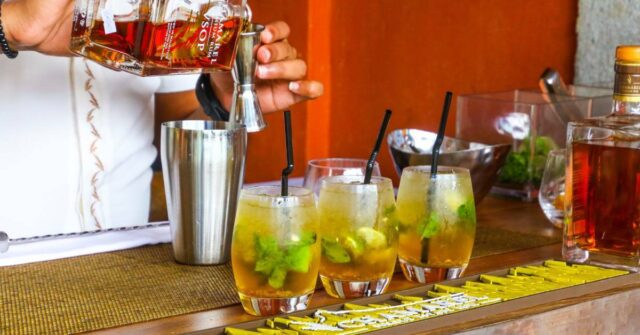Welcome to the fascinating journey through history and culture as we explore the traditional use of drinking horns.
Whether you’re a history buff, a medieval reenactor, or simply curious about this unique piece of heritage, this guide promises to enlighten and entertain you.
Introduction
In this section, we’ll delve into the historical background and current relevance of drinking horns, setting the stage for their practical use and cultural significance.
History and Significance of Drinking Horns
Drinking horns have been vessels of celebration and ceremony throughout human history, dating back to the Neolithic period.
Originally used by ancient tribes in Europe, these horns became highly popular in Viking culture and medieval Europe. They not only served as drinking containers but also as symbols of status and bravery.

Why This Guide Will Help You
This guide is crafted to help you appreciate the historical importance and the correct usage of drinking horns today.
By embracing both the traditional aspects and modern applications, you’ll gain a deep understanding and enhanced enjoyment of your drinking horn.
The Basics of Drinking Horns
Understanding the fundamentals of drinking horns will help you appreciate their variety and the craftsmanship involved in their creation.
What Is a Drinking Horn?
A drinking horn is typically made from the horn of a bovine, particularly cattle or buffalo. Each piece is hollowed out and polished to serve as a drinking vessel.
The uniqueness of each horn adds to its allure, with no two horns being exactly alike in shape, color, or texture.
Types of Drinking Horns
There are several types of drinking horns, including simple horns, mounted horns with metal stands, and intricately carved ones.
The choice of style often reflects the user’s personal taste or the specific historical period they are reenacting.
Materials Used in Making Drinking Horns
Traditional horns are crafted from natural animal horns.
However, modern variations might incorporate synthetic materials to replicate the look and feel of natural horns while offering durability and ease of maintenance.
Preparation Before Use
Proper preparation is key to ensuring your drinking horn is ready for use, enhancing both its functionality and longevity.
Cleaning Your New Drinking Horn
Before using a new drinking horn, it’s crucial to clean it properly to remove any residual odors or debris. A gentle cleaning with warm water and mild soap, followed by thorough drying, is recommended.
Sealing and Treating the Horn
To preserve the integrity of your horn and enhance its longevity, treating and sealing the interior with a food-safe sealant is essential.
This process helps prevent the horn from becoming porous and susceptible to damage when used with various liquids.
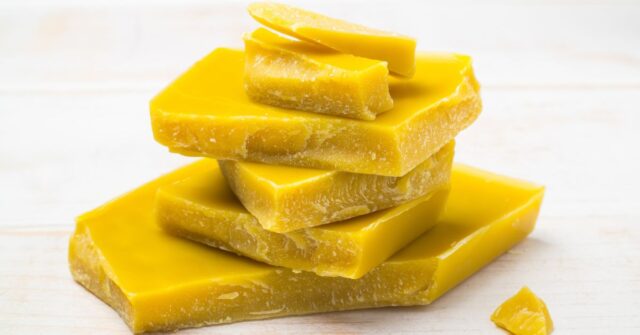
How to Properly Use a Drinking Horn
Mastering the use of your drinking horn involves correct handling and drinking techniques. This section provides essential tips to make the most of your horn.
The Correct Way to Hold a Drinking Horn
There’s a knack for holding a drinking horn correctly. The pointy end should be directed upward to avoid spills, and the curved shape should rest comfortably in your hand.
This technique ensures balance and a steady grip.
Drinking Techniques and Tips
Drinking from a horn is an art form. Tip the horn gradually while drinking to control the flow of liquid, preventing any unexpected splashes or spills.
Practice makes perfect, and soon you’ll be sipping from your horn like a seasoned medieval lord or lady!
Maintaining Your Drinking Horn
Maintenance is crucial for preserving the quality and extending the life of your drinking horn. Here, we explore effective ways to care for and store your horn.
Cleaning After Use
Immediately after use, rinse your horn with warm water. Avoid hot water as it can damage the horn’s material.
For a deeper clean, a small amount of soap can be used occasionally, followed by a thorough rinse to keep the horn pristine.
Storage Solutions for Drinking Horns
When not in use, store your drinking horn in a cool, dry place away from direct sunlight. If you have a stand, display it proudly; otherwise, a soft cloth can protect it from scratches and dust.
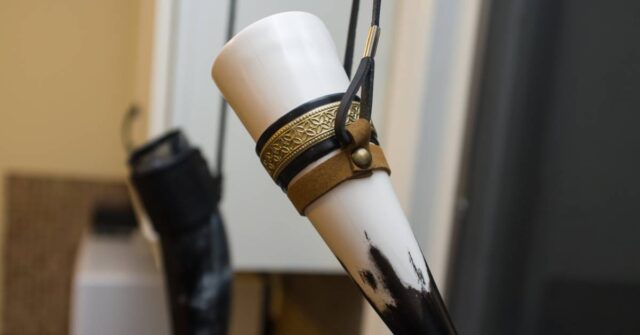
Long-Term Care and Preservation
With proper care, a drinking horn can last for many years. Avoid using harsh chemicals for cleaning, and periodically check for signs of wear or damage.
Minor repairs can often be performed at home, ensuring your horn remains a cherished accessory for years to come.
Do’s of Drinking Horn Use
There are several practices you should follow to ensure your experience with drinking horns is both enjoyable and safe.
Best Practices for Enjoyment and Safety
Always ensure your horn is thoroughly cleaned before and after each use. Using your horn for room temperature or cool drinks is best, as extreme temperatures can harm the horn’s structure.
Foods and Beverages That Go Well With Drinking Horns
Meade, ale, and other traditional beverages are commonly enjoyed from drinking horns. For a thematic feast, pair these drinks with hearty, rustic foods like stews or grilled meats.
Don’ts of Drinking Horn Use
Avoiding certain behaviors can prevent damage to your horn and ensure it remains a valued part of your gatherings and celebrations.
Common Misuses to Avoid
Never use a drinking horn for hot beverages, as the heat can cause the horn to warp or crack.
Additionally, avoid placing the horn in a dishwasher or using abrasive cleaners that can scratch or damage the surface.
Materials and Substances to Avoid Contact With
Keep your horn away from solvents and oils, which can penetrate the material and lead to deterioration over time.
If you’re unsure whether a substance is safe for use with your horn, err on the side of caution and avoid it.
Enhancing the Drinking Experience
This section explores how to further enrich the use of your drinking horn with various accessories and creative applications.
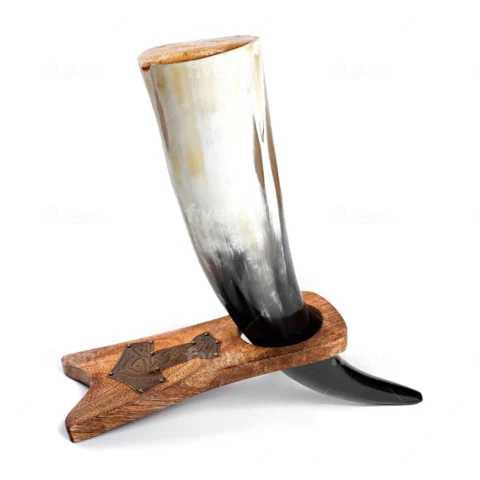
Accessories for Drinking Horns
To elevate your drinking experience, consider accessories like custom stands or leather holders. These not only add to the aesthetic but also improve functionality, allowing you to display your horn elegantly when not in use.
Creative Uses of Drinking Horns in Modern Times
Beyond just drinking, horns can be used as decorative pieces or in creative crafts.
They make excellent conversation starters at events and can be integrated into costume elements for festivals or historical reenactments.
Conclusion
As we wrap up our detailed guide, let’s review the key takeaways and reflect on how to maintain the cultural and practical value of drinking horns in contemporary settings.
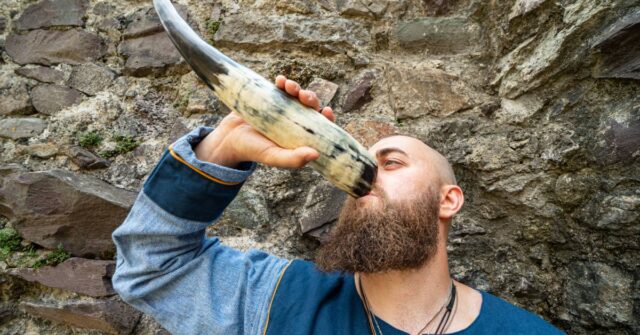
Recapping the Essential Do’s and Don’ts
As we conclude, remember the key points: maintain cleanliness, avoid harsh substances and extreme temperatures, and cherish the heritage your horn represents.
Encouraging Sustainable and Respectful Use
By adhering to these guidelines, you’ll ensure your drinking horn remains a lasting and meaningful part of your historical or celebratory occasions. Here’s to many toasts raised with your splendid drinking horn!
